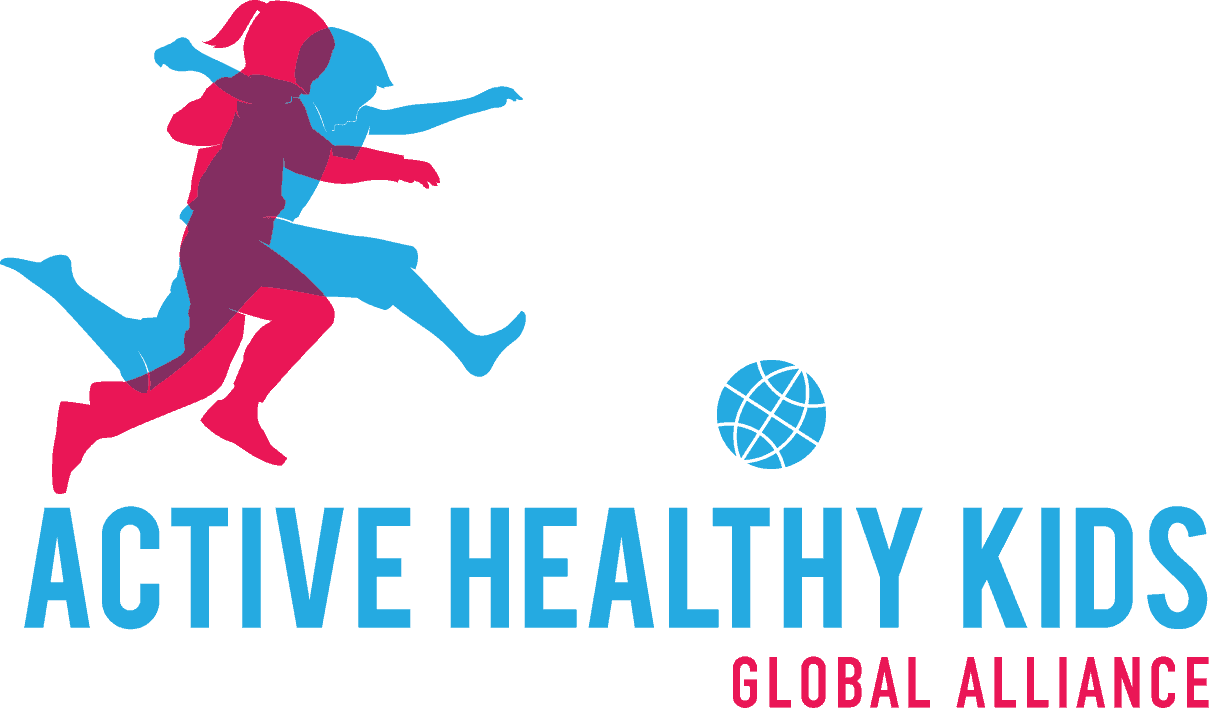
Report Card Leaders
Asad Khan, PH.D.
Dr. Asad Khan is an Associate Professor of Biostatistics and Epidemiology at The University of Queensland, Australia. Widely regarded as an accomplished academic and leader, he leads a program of research that focuses on active healthy lifestyle and mental health and wellbeing, with a particular focus on children and adolescents. His research also addresses challenges related to equitable healthcare access for individuals from Culturally and Linguistically Diverse (CALD) backgrounds, including immigrants. His influential work in advancing active lifestyles, mental well-being, and health equity has garnered global recognition, with citations from organizations such as WHO, UNDP, and OECD, as well as extensive media coverage both nationally and internationally.
Asad serves as the country lead for the Global Observatory for Physical Activity (GoPA) and Global Observatory for Physical Education (GoPE) Country Cards for Bangladesh. Additionally, he is a steering committee member of the ISPAH LMIC Research Council. Since 2018, Asad has led the Active Healthy Kids Bangladesh Report Card team. As the founding Chair of Active Healthy Kids Bangladesh (AHKBD), he is deeply committed to promoting active lifestyles and enhancing health outcomes for children and youth in Bangladesh and beyond.
Malay Mridha, PH.D.
Malay Mridha is a Professor and Deputy Dean at the BRAC James P Grant School of Public Health (JPGSPH) at BRAC University, Dhaka, Bangladesh. His current research focuses on non-communicable diseases (NCDs), nutrition, and maternal and child health. He developed and taught graduate and postgraduate courses in epidemiology, biostatistics, health systems, reproductive health, public health nutrition, health economics, NCD epidemiology, and research methodology. In addition, he has contributed to the development of various training programs on public health and healthcare-related topics. Throughout his career, he co-authored over 200 original research articles and reports, including 91 peer-reviewed journal publications. He has supervised 51 Master’s and 10 Ph.D. students, and has led the implementation of 30 research projects—28 as the principal investigator. His research work has been supported by major international funding agencies, including the US Agency for International Development, World Health Organization, World Bank, Bill & Melinda Gates Foundation, Food and Agriculture Organization, Global Alliance for Improved Nutrition, UNICEF, Enfants du Monde, UK National Institute for Health and Care Research, Wellcome Trust, Government of Bangladesh, Japan International Cooperation Agency, Nutrition International, HarvestPlus, UK Department for International Development, and Australian Aid. As the founding director of the Center of Excellence for Non-Communicable Diseases and Nutrition Research at BRAC University, he is leading a comprehensive research agenda to prevent and control NCDs and malnutrition in Bangladesh and elsewhere. His work has contributed to the establishment of both a national NCD surveillance system and a nutrition surveillance system in Bangladesh, shaping policies and programs across South Asia. With experience in education, research, training and advocacy for policy impact he is committed to bridging the gap between research and the large-scale implementation of evidence-based interventions.
Report Card Grades
- Overall Physical Activity: C-
- Organized Sport and Physical Activity: INC
- Active Play: INC
- Active Transportation: C-
- Sedentary Behavior: A-
- Physical Fitness: INC
- Family and Peers: INC
- School: INC
- Community and Environment: INC
- Government: C-
Top Three Priorities
- Create more opportunities for active commuting, organised sports at schools, and active play at communities;
- Establish a national physical activity surveillance along with promotion of research through government and non-government partnerships; and
- Develop a national policy for active lifestyle and ensure its proper implementation and monitoring.
Report Card Leaders
Testimonials
"I am very pleased and privileged to be a part of the AHKGA Global Matrix 3.0 initiative, which provided us with a unique opportunity to showcase physical activity status in children and youth in Bangladesh. The country Report Card will help us to advocate for increasing physical activity opportunities to make our kids more active." - Riaz Uddin, Ph.D.
"It has been a great experience working with such a wonderful group of people through the Global Matrix 3.0 initiative. We need to build upon the platform Active Healthy Kids Global Alliance (AHKGA) has created and fulfil our commitments towards an active healthy childhood for every kid around the world." - Asaduzzaman Khan, Ph.D.
Conference Abstract: Movement to Move
Results from the 2018 Active Healthy Kids Bangladesh Report Card on Physical Activity for Children and Youth
Asaduzzaman Khan1, Mohammad Abdul Kadir2, Sohel Reza Choudhury3, Fatema Ashraf4, Mahbubur Rahman5, Kazi Rumana Ahmed1,6, K. M. Saif-Ur-Rahman5 Sonia Parvin1,5, Riaz Uddin1,7
1 The University of Queensland, Australia
2 Griffith University, Australia
3 National Heart Foundation of Bangladesh
4 Public Health Foundation of Bangladesh
5 icddr,b, Bangladesh
6 Bangladesh University of Health Sciences
7 Stamford University Bangladesh
Introduction
The 2018 Bangladesh Report Card on Physical Activity for Children and Youth is a synthesis of the existing evidence of activity behaviours, available supports, and policy strategies for active lifestyle of young people in Bangladesh.
Methods
A research working group (RWG) representing experts from the key stakeholders in Bangladesh discussed the ten core indicators of the Global Matrix 3.0, and suggested an additional indicator ‘Contribution of the non-government organisations’. Data for these 11 indicators were extracted, collated, and used to grade the indicators based on the Global Matrix 3.0 grading scheme. Grades were finalised after consultation with the RWG members.
Results
Among the 11 indicators, data to grade were available for five. Each of ‘Overall physical activity’ and ‘Active transportation’ indicators received a grade ‘C-’, and ‘Sedentary behaviours’ received an ‘A-’. ‘Government strategies and investments’ and ‘Contributions of the non-government organisations’ were graded ‘C-’. The rest of the six indicators were assigned ‘INC’.
| Indicator | Grade |
| Overall Physical Activity | C- |
| Organised Sport Participation | INC |
| Active Play | INC |
| Active Transportation | C- |
| Sedentary Behaviours | A- |
| Physical Fitness | INC |
| Family and Peers | INC |
| School | INC |
| Community and Environment | INC |
| Government | C- |
| Non-government Organisation | C- |
Conclusions
Sedentary behaviour of the young people in Bangladesh seems to be satisfactory; however, a significant proportion of them do not engage in the recommended level of physical activity. There is a lack of data on other activity indicators including organised sports, family and peer supports, activity opportunities at schools, and activity friendly environment. Though available policies demonstrate governments’ commitments to an active lifestyle of young people in Bangladesh, the operationalisation of these policies is limited. The Report Card, therefore, calls for collecting surveillance data on all the indicators, which is instrumental to develop strategies for an active lifestyle of children and youth in Bangladesh.








